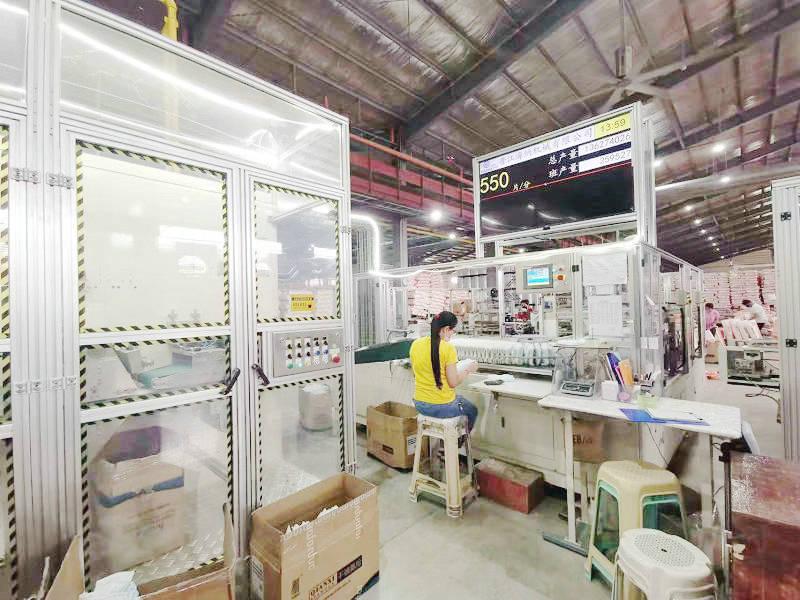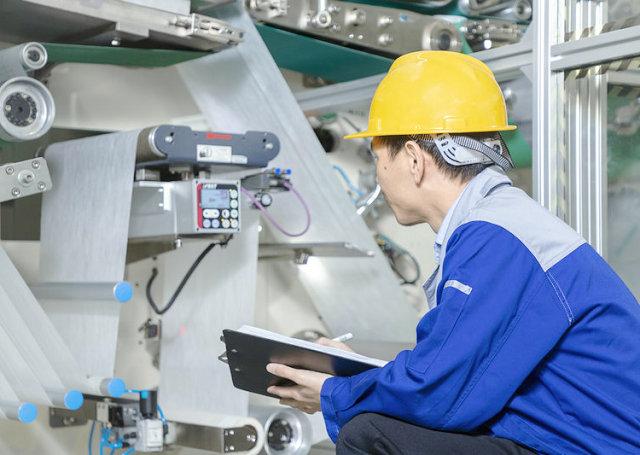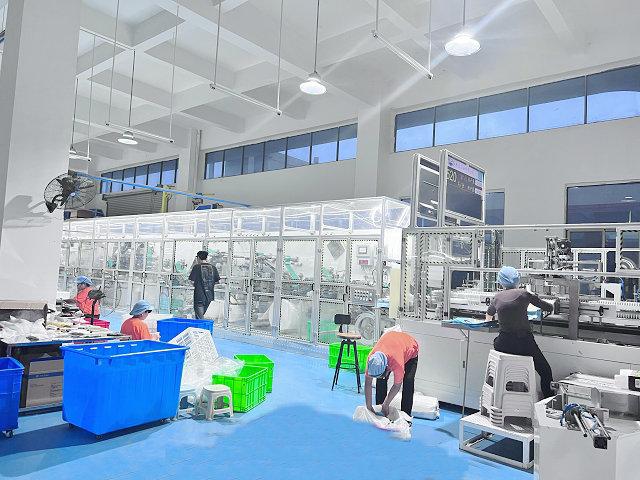Author:Haina Machinery Factory FROM:Diaper Machinery Manufacturer TIME:2023-10-16
The maintenance and care of a diaper manufacturing production line is essential to ensure optimal productivity and product quality. Regular upkeep and attention to detail can help prevent breakdowns, reduce downtime, and extend the lifespan of the equipment. In this article, we will explore key maintenance practices for the diaper manufacturing industry.

One of the fundamental aspects of maintaining a diaper manufacturing production line is regular cleaning and inspection. Proper cleaning procedures should be followed to remove any accumulated dirt, dust, or debris that may hinder the machine's performance. It is crucial to pay special attention to sensitive areas such as rollers, cutting blades, and conveyors.
In addition to cleaning, routine inspections should be conducted to identify any signs of wear and tear or potential issues. This includes checking for loose or damaged parts, frayed belts, and worn-out components. Any identified problems should be addressed promptly to avoid further damage or disruptions in the production process.

Proper lubrication and alignment are vital for the smooth operation of a diaper manufacturing production line. Lubricants should be applied regularly to ensure that moving parts, such as gears, chains, and bearings, function efficiently without excess friction or heat buildup. Different parts may require specific types of lubricants, so it is important to consult the equipment's manuals or manufacturer's guidelines for proper lubrication techniques.
In addition to lubrication, alignment is crucial to prevent excessive wear on machine components. Misalignment can cause uneven stress distribution, leading to premature failure of parts. Regularly check and adjust the alignment of rollers, blades, and belts to maintain optimal performance and prolong the life of the equipment.

Investing in training programs for machine operators and maintenance personnel is essential for the effective maintenance and care of a diaper manufacturing production line. Operators should be familiar with the equipment's operation, regular maintenance tasks, and troubleshooting techniques. Maintenance personnel should receive comprehensive training to diagnose issues, perform repairs, and conduct preventive maintenance activities.
Preventive maintenance involves scheduled inspections, cleaning, lubrication, and adjustment of equipment before problems occur. It helps identify and address potential issues early on, reducing the chances of unplanned downtime and costly repairs. Implementing a preventive maintenance schedule ensures that all necessary maintenance tasks are carried out in a timely manner, promoting the longevity of the production line.
In conclusion, the maintenance and care of a diaper manufacturing production line play a crucial role in ensuring operational efficiency and product quality. Regular cleaning and inspection, lubrication and alignment, as well as training and preventive maintenance, are key practices that should be implemented to maximize the lifespan and performance of the equipment. By prioritizing maintenance, manufacturers can minimize disruptions, optimize productivity, and deliver high-quality diapers to meet consumer demand.
